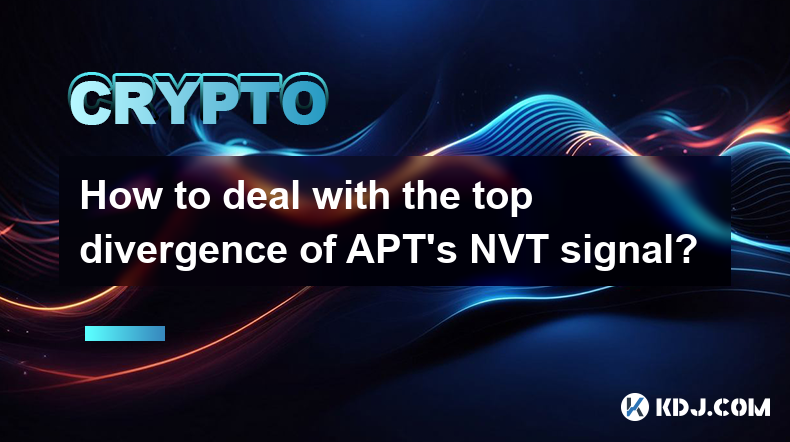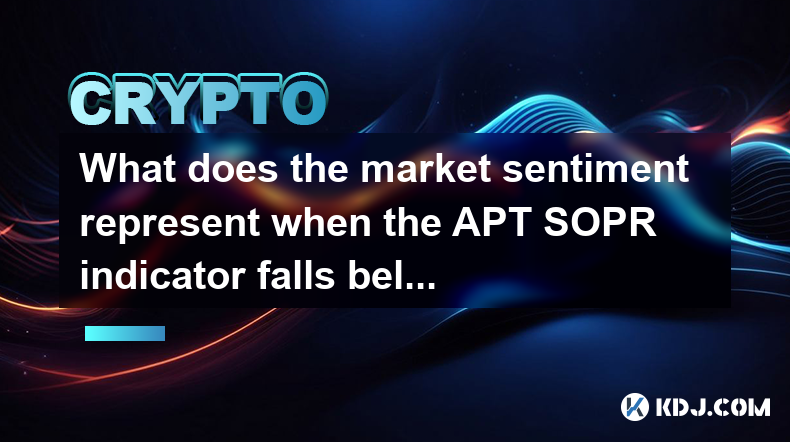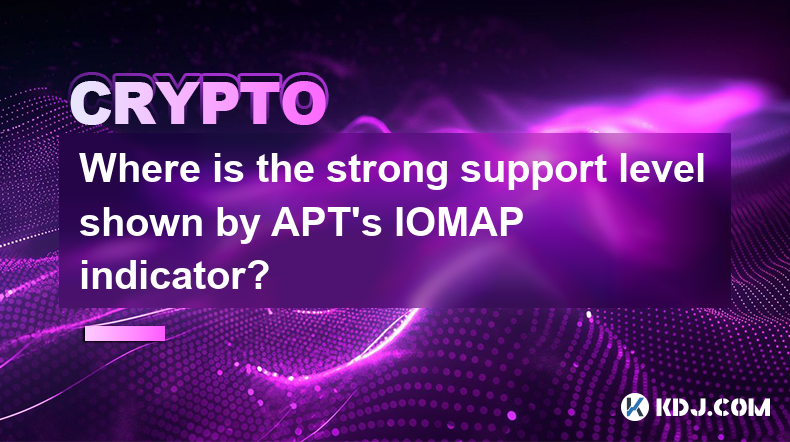-
 Bitcoin
Bitcoin $94,742.5929
1.27% -
 Ethereum
Ethereum $1,791.5046
1.40% -
 Tether USDt
Tether USDt $1.0007
0.04% -
 XRP
XRP $2.1825
-0.72% -
 BNB
BNB $600.0914
-0.06% -
 Solana
Solana $150.8716
-0.21% -
 USDC
USDC $1.0000
0.01% -
 Dogecoin
Dogecoin $0.1823
0.89% -
 Cardano
Cardano $0.7124
-0.83% -
 TRON
TRON $0.2418
-1.52% -
 Sui
Sui $3.5129
6.02% -
 Chainlink
Chainlink $14.9459
-0.30% -
 Avalanche
Avalanche $22.1935
-0.55% -
 Stellar
Stellar $0.2837
1.60% -
 Shiba Inu
Shiba Inu $0.0...01410
3.49% -
 UNUS SED LEO
UNUS SED LEO $8.9352
-3.29% -
 Hedera
Hedera $0.1923
2.50% -
 Toncoin
Toncoin $3.2041
0.94% -
 Bitcoin Cash
Bitcoin Cash $375.0361
6.28% -
 Polkadot
Polkadot $4.2644
0.66% -
 Litecoin
Litecoin $86.5634
2.75% -
 Hyperliquid
Hyperliquid $18.2878
-2.01% -
 Dai
Dai $0.9999
-0.02% -
 Bitget Token
Bitget Token $4.4438
0.49% -
 Ethena USDe
Ethena USDe $0.9997
0.02% -
 Pi
Pi $0.6482
-0.82% -
 Monero
Monero $228.0677
0.39% -
 Pepe
Pepe $0.0...09170
4.96% -
 Uniswap
Uniswap $5.8523
0.75% -
 Aptos
Aptos $5.5346
0.95%
What is the issuance and circulation of QuarkChain (QKC) coins?
By leveraging a unique sharding architecture for scalability and efficiency, QuarkChain's (QKC) innovative blockchain platform utilizes its native QKC cryptocurrency for network operation and tokenomics, including issuance and circulation.
Dec 01, 2024 at 10:13 pm

Understanding the Issuance and Circulation of QuarkChain (QKC) Coins
QuarkChain (QKC) is an innovative blockchain platform that utilizes a unique sharding architecture to achieve scalability and efficiency. Its native cryptocurrency, QKC, plays a crucial role in the network's operation and tokenomics, including issuance and circulation. This article delves into the details of QKC issuance and circulation, shedding light on their significance within the QuarkChain ecosystem.
1. Issuance of QKC Coins
QKC coins are issued through a process known as mining, where network participants known as miners contribute their computational power to verify and add new blocks to the blockchain. The protocol uses a Proof-of-Work (PoW) consensus mechanism, where miners compete to solve complex mathematical puzzles.
The initial issuance of QKC coins occurred during the project's initial coin offering (ICO) in 2018. A total of 10 billion QKC tokens were created, with a distribution breakdown as follows:
- 30% for ecosystem development and team
- 30% for sale during the ICO
- 20% for mining rewards
- 10% for advisors and early investors
- 10% for research and foundation
2. Circulation of QKC Coins
Once issued, QKC coins circulate within the QuarkChain ecosystem, enabling users to participate in various network activities and transactions. These include:
i) Transaction Fees: QKC is used to pay transaction fees on the QuarkChain network. These fees are minimal and serve to incentivize miners to process and validate transactions.
ii) Staking: Users can stake their QKC coins to support network security and earn rewards. Staking involves locking QKC coins in a designated smart contract, contributing to the network's stability.
iii) Governance: QKC holders can participate in the governance of the QuarkChain network through a decentralized autonomous organization (DAO). By holding and staking QKC coins, users gain voting rights on proposed network updates and parameter changes.
iv) Rewards: Miners who successfully add new blocks to the blockchain are rewarded with newly minted QKC coins. These rewards incentivize miners to participate in the network's operation and contribute to its security.
v) Trading: QKC coins are listed on numerous cryptocurrency exchanges, enabling users to trade them for other cryptocurrencies or fiat currencies. Trading provides liquidity and facilitates the exchange of value within the broader cryptocurrency market.
3. Circulation Supply Management
QuarkChain employs several mechanisms to manage the circulation supply of QKC coins, ensuring that the tokenomics of the network remain balanced and sustainable. These mechanisms include:
i) Block Reward Halving: The block reward for miners is halved approximately every four years, reducing the issuance rate of new QKC coins over time. This mechanism is similar to that used by Bitcoin and other PoW-based cryptocurrencies.
ii) Coin Burn: QuarkChain occasionally conducts coin burns, where a certain portion of QKC coins is permanently removed from circulation. Coin burns reduce the overall supply of QKC, potentially increasing its value and scarcity.
4. Role in the QuarkChain Ecosystem
QKC coins play a vital role in the QuarkChain ecosystem, serving multiple purposes:
i) Network Security: QKC mining and staking incentivize participants to secure the network, contributing to its stability and resilience.
ii) Governance: QKC holders have a voice in the network's governance, enabling them to actively participate in shaping its future development.
iii) Transaction Fees: QKC's role as a transaction fee currency ensures that the network remains operational and scalable.
iv) Liquidity: QKC's listing on exchanges provides liquidity and accessibility, allowing users to easily convert their coins to other assets.
v) Value Transfer: QKC can be used as a medium of value exchange, enabling users to transfer funds or make payments securely and efficiently across the network.
In summary, the issuance and circulation of QuarkChain's (QKC) coins are fundamental aspects of the network's tokenomics and operational framework. QKC's role as a transaction fee currency, staking asset, governance tool, and value transfer mechanism highlights its versatility and importance within the QuarkChain ecosystem.
Disclaimer:info@kdj.com
The information provided is not trading advice. kdj.com does not assume any responsibility for any investments made based on the information provided in this article. Cryptocurrencies are highly volatile and it is highly recommended that you invest with caution after thorough research!
If you believe that the content used on this website infringes your copyright, please contact us immediately (info@kdj.com) and we will delete it promptly.
- Fornelli, Italy to Unveil a Monument Dedicated to Satoshi Nakamoto, Bitcoin's Pseudonymous Creator
- 2025-04-26 07:05:13
- The Swiss National Bank has rejected holding bitcoin reserves, citing concerns over cryptocurrency market liquidity and volatility.
- 2025-04-26 07:05:13
- Dogecoin (DOGE) and Pi Coin Are Back on the Radar as Traders Search for Breakout Opportunities
- 2025-04-26 07:00:12
- Check your change for 'super rare' 50p coin with 'one tiny detail' worth £2,000
- 2025-04-26 07:00:12
- Investor focus on high-potential altcoins prompts an essential question about where $100 will generate its largest increase in value.
- 2025-04-26 06:55:13
- Bitcoin Rotation Begins — MAGACOIN FINANCE and Toncoin Get a Fresh Influx
- 2025-04-26 06:55:13
Related knowledge

What does the divergence between APT's OBV indicator and price indicate?
Apr 25,2025 at 01:28pm
What does the divergence between APT's OBV indicator and price indicate? The divergence between the On-Balance Volume (OBV) indicator and the price of APT (Aptos) can provide significant insights into the potential future movements of the cryptocurrency. Understanding this divergence is crucial for traders and investors looking to make informed decision...

How to deal with the top divergence of APT's NVT signal?
Apr 26,2025 at 04:43am
The NVT (Network Value to Transactions) ratio is a fundamental metric used in the cryptocurrency space to assess the value of a cryptocurrency relative to the on-chain transaction volume. For the cryptocurrency APT, understanding and dealing with the top divergence of its NVT signal is crucial for investors and traders. This article will delve into the ...

What does the market sentiment represent when the APT SOPR indicator falls below 1?
Apr 25,2025 at 08:22pm
The APT SOPR (Adjusted Spent Output Profit Ratio) indicator is a crucial metric in the cryptocurrency market, particularly for analyzing the profitability of transactions on the blockchain. When the APT SOPR falls below 1, it represents a specific market sentiment that investors and analysts closely monitor. Let's delve into what this indicator signifie...

Where is the strong support level shown by APT's IOMAP indicator?
Apr 25,2025 at 05:01am
The IOMAP (In/Out of the Money Around Price) indicator is a powerful tool used in the cryptocurrency market to identify potential support and resistance levels. For the cryptocurrency APT (Aptos), the IOMAP indicator can provide insights into where strong support levels might be located. This article will delve into the specifics of the IOMAP indicator,...

What does it mean when the APT monthly closing price breaks through the previous high?
Apr 25,2025 at 05:28pm
When the APT monthly closing price breaks through the previous high, it signifies a significant milestone in the cryptocurrency market. APT, or Aptos, is a relatively new player in the crypto space, and its price movements can offer valuable insights into market sentiment and potential future trends. In this article, we will delve into what it means whe...

What to do when the Taker buying and selling ratio of APT is seriously unbalanced?
Apr 25,2025 at 12:49pm
When the Taker buying and selling ratio of APT (Aptos) becomes seriously unbalanced, it can signal potential market trends and influence trading decisions. This article will explore what to do in such situations, providing detailed insights and actionable steps for traders and investors. Understanding the Taker Buying and Selling RatioThe Taker buying a...

What does the divergence between APT's OBV indicator and price indicate?
Apr 25,2025 at 01:28pm
What does the divergence between APT's OBV indicator and price indicate? The divergence between the On-Balance Volume (OBV) indicator and the price of APT (Aptos) can provide significant insights into the potential future movements of the cryptocurrency. Understanding this divergence is crucial for traders and investors looking to make informed decision...

How to deal with the top divergence of APT's NVT signal?
Apr 26,2025 at 04:43am
The NVT (Network Value to Transactions) ratio is a fundamental metric used in the cryptocurrency space to assess the value of a cryptocurrency relative to the on-chain transaction volume. For the cryptocurrency APT, understanding and dealing with the top divergence of its NVT signal is crucial for investors and traders. This article will delve into the ...

What does the market sentiment represent when the APT SOPR indicator falls below 1?
Apr 25,2025 at 08:22pm
The APT SOPR (Adjusted Spent Output Profit Ratio) indicator is a crucial metric in the cryptocurrency market, particularly for analyzing the profitability of transactions on the blockchain. When the APT SOPR falls below 1, it represents a specific market sentiment that investors and analysts closely monitor. Let's delve into what this indicator signifie...

Where is the strong support level shown by APT's IOMAP indicator?
Apr 25,2025 at 05:01am
The IOMAP (In/Out of the Money Around Price) indicator is a powerful tool used in the cryptocurrency market to identify potential support and resistance levels. For the cryptocurrency APT (Aptos), the IOMAP indicator can provide insights into where strong support levels might be located. This article will delve into the specifics of the IOMAP indicator,...

What does it mean when the APT monthly closing price breaks through the previous high?
Apr 25,2025 at 05:28pm
When the APT monthly closing price breaks through the previous high, it signifies a significant milestone in the cryptocurrency market. APT, or Aptos, is a relatively new player in the crypto space, and its price movements can offer valuable insights into market sentiment and potential future trends. In this article, we will delve into what it means whe...

What to do when the Taker buying and selling ratio of APT is seriously unbalanced?
Apr 25,2025 at 12:49pm
When the Taker buying and selling ratio of APT (Aptos) becomes seriously unbalanced, it can signal potential market trends and influence trading decisions. This article will explore what to do in such situations, providing detailed insights and actionable steps for traders and investors. Understanding the Taker Buying and Selling RatioThe Taker buying a...
See all articles























































































